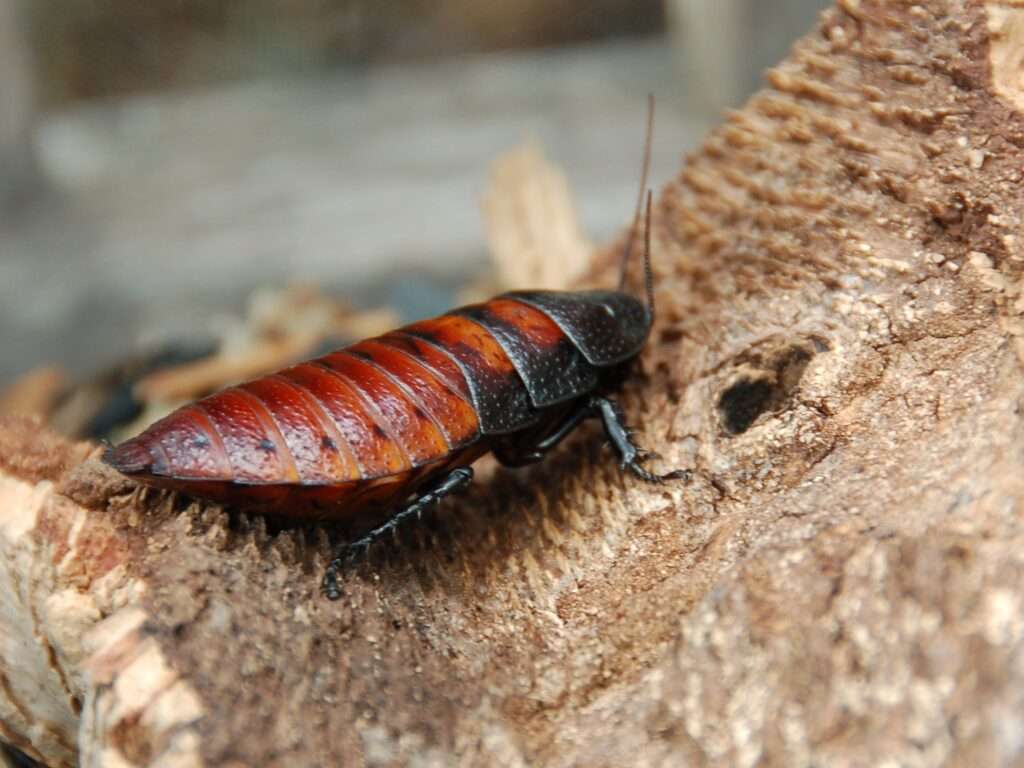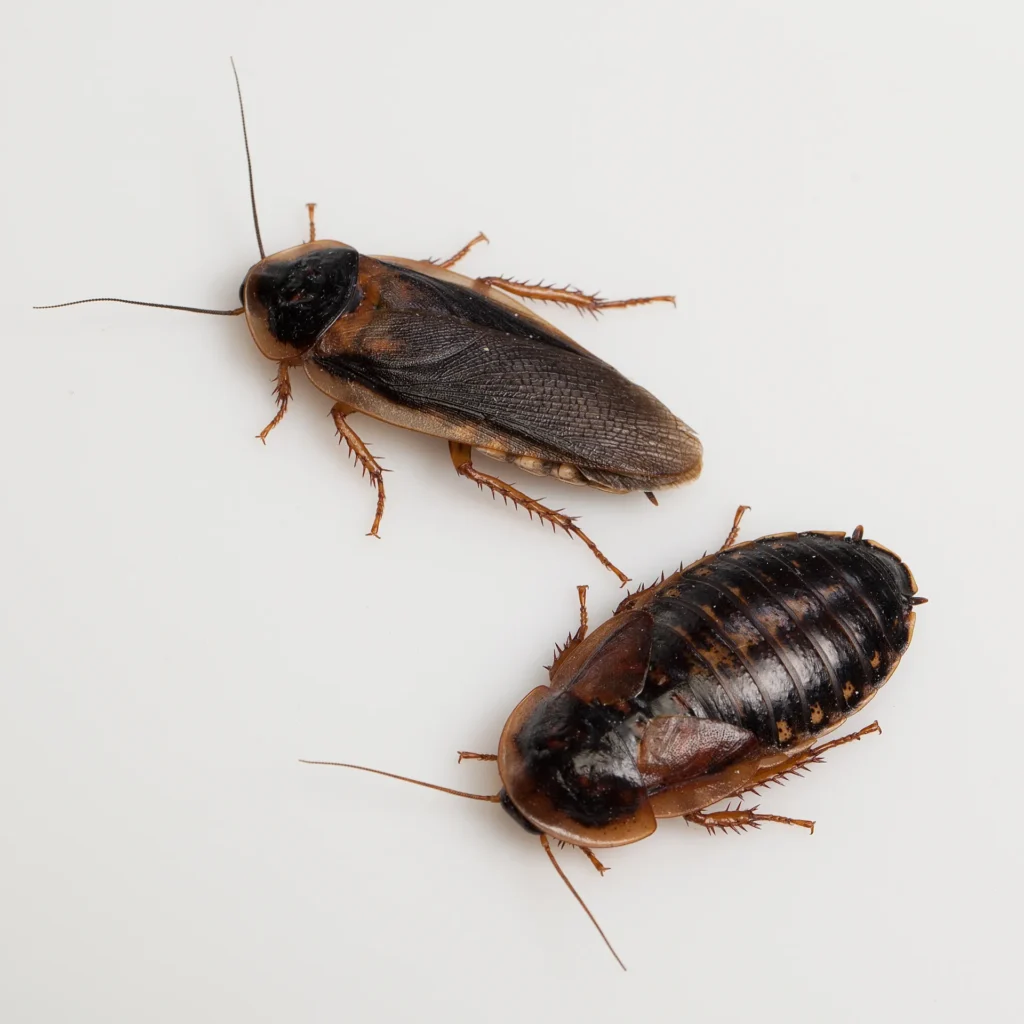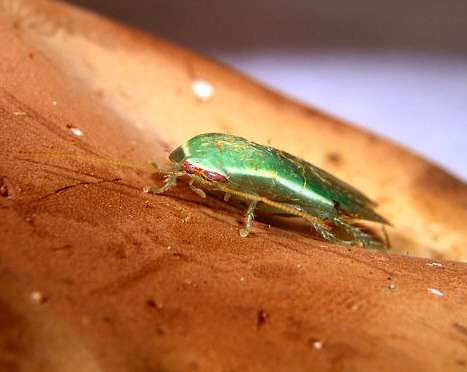
One of the biggest species of cockroach, the Madagascar hissing cockroach (Gromphadorhina portentosa), can grow to be 5 to 7.5 centimeters (2 to 3 inches) in length when fully grown. They are indigenous to Madagascar, an island off the coast of Africa, where they are frequently discovered in decaying logs. It is one of about 20 species of big hissing roaches from Madagascar that are known to exist. Many of these species are kept as pets, and pet sellers frequently mix up G. portentosa with G. oblongonota and G. picea.
The tropical lowland rainforests of Madagascar are the main habitat for Gromphadorhina portentosa. On the forest floor, they frequently reside in the dry litter.
Gromphadorhina portentosa possesses a head, thorax, abdomen, and six legs, just like the majority of insects. These cockroaches lack wings, in contrast to many other species. Their exoskeleton is very thick, hard, and waxy, and it ranges in color from mahogany brown to black.

Keeping as Pet
One of the most common captive cockroaches kept as pets is the huge and attractive Madagascar hissing cockroach. Despite having a reputation for hissing loudly when startled, this species is generally fairly docile and responds well to routine handling. It is a great plant for a beginner because it requires little maintenance and is quite hardy.
Requirement to Keep as Pet
Care
Large and hardy, this plant is easy to care for. If enough heat and food are provided, it is relatively simple to take care of.
Enclosure
Can keep a single Madagascar hissing cockroach in a shoebox or jar that is at least one gallon in size. Aquariums, plastic tubs, and trash cans that have been transformed into terrariums can all be used to house colonies.
Feeding
Detritivores with a preference for fruit are the creatures feeding the Madagascar hissing cockroaches. They will consume all kinds of fruits, vegetables, cereals, and leaves of oak trees. To promote reproduction, it is advisable to provide modest amounts of high-protein foods, such as dog food.
Humidity
This species does not have very high humidity preferences. Keep the humidity at 50% or greater to avoid molting problems, but be careful because higher humidity might cause mold problems and insufficient ventilation.
Temperature
Because it is a native of tropical Madagascar, this species favors warm weather. To promote reproduction, always keep the enclosure at 70 degrees, ideally at around 80 degrees.
Breeding
This species must be kept warm before it may reproduce, but once this requirement is met, it can do so without restriction. Because this species is ovoviviparous, which means the eggs hatch inside the female’s body, the mother gives birth to live infants.
Table





